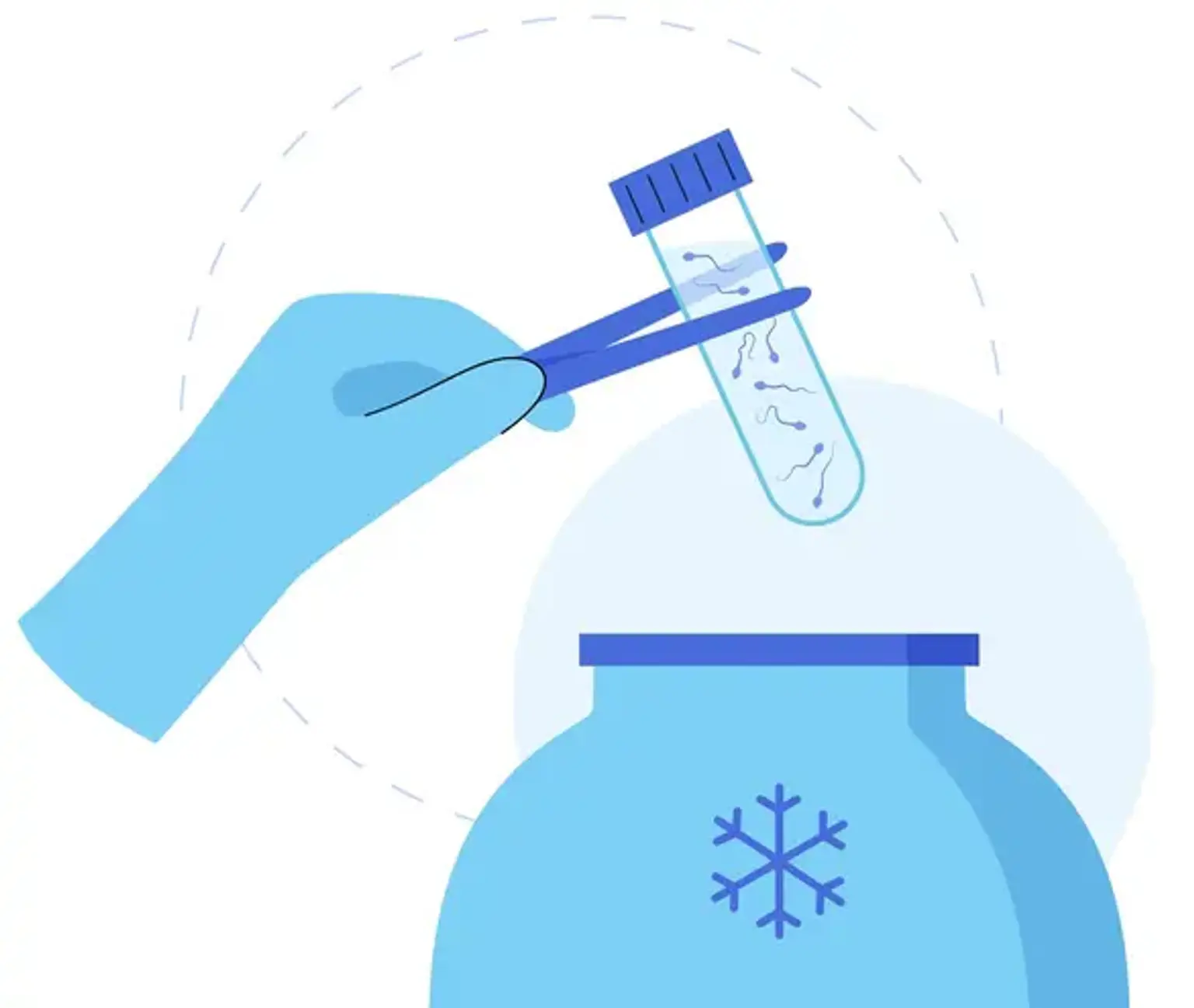Cryopreservation of semen (optional)
Overview
For almost 40 years, sperm cryopreservation has been used routinely to preserve fertility in men undergoing cancer treatment and to assist infertile couples to conceive. Furthermore, sperm banking raises ethical concerns, such as whether sperm donation should be anonymous and if sperm can be used posthumously by the surviving spouse without the patient's permission.
